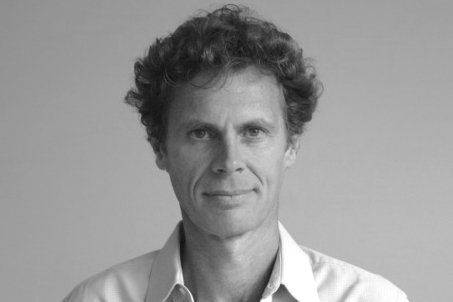According to the Amsterdam Internet Exchange, data exchanges in 2016 have increased by over 1,300 times since 2001 - fuelled by the surge of new technological innovations and the number of connected devices in operation today.
The data center has often been heralded as the unsung hero in supporting these data exchanges by offering the dedicated infrastructure and support required. Even in the most high-pressured environments, the data center’s ability to offer scalable power and cooling systems have allowed servers to perform consistently and effectively to prevent downtime, and ensure data exchanges continue running 24/7.
Yet, the same systems that have allowed the data center to cope with increased data demands have also positioned the industry as the ‘green villain’, where ineffective cooling systems combined with ever-growing, power-intensive servers have caused carbon emissions to reach the same levels seen in the aviation sector.
The issue has often been exasperated by the notion that it’s every company for itself; initiatives and systems to reduce carbon emissions are often sought exclusively without the collaboration of other partners. However, for real sustainability to be achieved in the data center industry, tackling the current IT mindset and providing a platform for cross-company collaboration will be pivotal.
Changing minds
Before cross-company discussions can take place, altering the internal mindset of orgaisations about the issue of sustainability will be a key starting point. The Green Grid’s research conducted in October 2015 found that nearly a third of boards do not discuss data center resource efficiency. Ultimately, sustainability is an organisational issue which requires a clear understanding by both the board and data center managers on the challenges and opportunities of resource efficiency within the data center.
Data center metrics can serve as a conversation facilitator between both parties, but this has often been open to misinterpretation about what each metric is trying to suggest.
The PUE model is one such example which is commonly-used by organisations to help identify the energy usage of IT infrastructure, but a lack of clarity has often resulted in its misuse and questioned its role in helping reduce carbon emissions. Some organisations use PUE scores as a marketing tool to lure prospective customers, rather than looking at how data center equipment such as the servers and cooling systems are operating in its environment and how it can be improved.
Looking more broadly, different data center organisations from across the world have used a number of metrics which have drawn a number of varied conclusions. The variation in these definitions can thus be counter-intuitive in achieving a unified sustainability goal, but at the same time this lack of clarity may actually open the door for organisations to come together and generate industry-wide agreements on standardising procedures and providing clearer definitions on how energy efficiency can be achieved.
Getting everyone to agree will undoubtedly be the biggest challenge, yet the simplicity of metrics such as PUE can serve as good starting block for holding more conversations and then including other metrics in the picture to provide a broader understanding on data center sustainability.
Platform for discussions
For hyperscalers such as Google and Facebook, who process vast amounts of data, the pressure to develop and sustain energy efficient data centers has been of paramount importance. In Facebook’s attempt to tackle this, it created the Open Compute Project (OCP) alongside other notable data center players to promote a new platform for sharing energy efficient server designs. This has been a major step towards introducing an open sourced community to allow for constant and innovative developments to data center designs, and in the process, address the issue of sustainability across the industry.
Facebook has set a precedent for other data centers looking to capitalise on improving sustainability of its sites by being completely OCP compliant across all its sites, and as a result achieved PUE ratings below 1.1. If a company as big as Facebook is able to easily handle the vast amounts of data exchanges produced from around the world while lowering carbon emissions, then smaller data centers can also reap in the benefits by participating in the OCP, even if they lack the same level of resources.
There is however, some concern from smaller organisations that OCP may be more suitable for hyperscale organisations. But like the idea of metrics, it all requires more invested discussions and clearer definitions of what this entails. Large companies such as Google and Facebook all began from smaller operations, but have been able to build to their current success by harnessing innovation and opening the discussions with other industry players.
With data continuing to grow and pushing the responsibilities of data centers to better cater for a green ecosystem, the pressure for the industry to act sooner rather than later will be imperative. Increasing understanding of resource efficiency through clearer definitions of metrics both within and between organisations will be critical, and the introduction of OCP will also help bring together both larger and smaller organisations to achieve a unified goal in sustainability. Collaboration may not be achieved overnight, but without this unanimous thinking, data growth will continue to push carbon emissions into unsustainable levels.
Roel Castelein is EMEA customer services director at The Green Grid.


